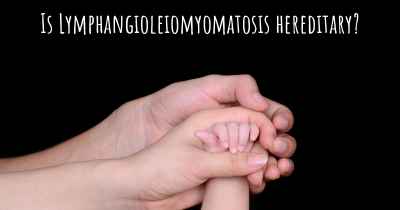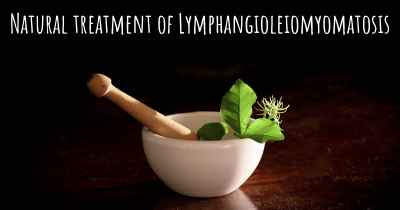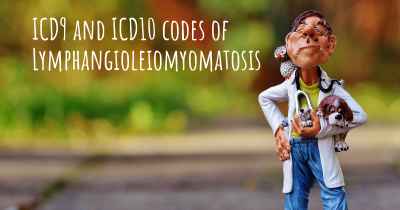Which are the causes of Lymphangioleiomyomatosis?
See some of the causes of Lymphangioleiomyomatosis according to people who have experience in Lymphangioleiomyomatosis

Lymphangioleiomyomatosis (LAM) is a rare, progressive lung disease that primarily affects women of childbearing age. It is characterized by the abnormal growth of smooth muscle cells, called LAM cells, in the lungs, lymphatic system, and other organs. The exact cause of LAM is not fully understood, but researchers have identified several potential factors that may contribute to the development of this condition.
Genetic Mutations: One of the primary causes of LAM is believed to be genetic mutations. Most cases of LAM are sporadic, meaning they occur randomly without any family history. However, in some rare cases, LAM can be inherited as an autosomal dominant trait. Mutations in the tuberous sclerosis complex (TSC) genes, specifically TSC1 and TSC2, have been identified in individuals with LAM. These genes normally regulate cell growth and division, and mutations in these genes can lead to the abnormal proliferation of LAM cells.
Hormonal Factors: Hormonal factors also play a role in the development of LAM. The majority of LAM cases occur in women, particularly those of childbearing age. Estrogen, a female sex hormone, has been implicated in the growth and spread of LAM cells. Studies have shown that LAM cells express estrogen receptors, which can stimulate their growth in the presence of estrogen. Pregnancy and the use of oral contraceptives, which can increase estrogen levels, have been associated with the progression of LAM.
TSC-Associated LAM: LAM is often associated with tuberous sclerosis complex (TSC), a genetic disorder characterized by the growth of noncancerous tumors in various organs. TSC is caused by mutations in the TSC1 or TSC2 genes, which are also implicated in LAM. Individuals with TSC have an increased risk of developing LAM, and it is estimated that up to 40% of women with TSC will develop LAM in their lifetime. The exact mechanisms linking TSC and LAM are not fully understood, but it is believed that the mutations in TSC genes contribute to the abnormal growth of LAM cells.
Lymphatic System Dysfunction: Dysfunction of the lymphatic system has been proposed as another potential cause of LAM. The lymphatic system plays a crucial role in maintaining fluid balance and immune function. In LAM, the abnormal growth of LAM cells can obstruct lymphatic vessels, impairing their normal function. This can lead to the accumulation of fluid in the lungs and other organs, contributing to the symptoms of LAM.
Environmental Factors: While the exact environmental factors that may contribute to the development of LAM are not known, some studies suggest a potential association between LAM and exposure to certain substances. For example, exposure to tobacco smoke, asbestos, and certain chemicals has been hypothesized to increase the risk of developing LAM. However, more research is needed to establish a definitive link between environmental factors and LAM.
Conclusion: In summary, Lymphangioleiomyomatosis (LAM) is a complex lung disease with multiple potential causes. Genetic mutations, particularly in the TSC1 and TSC2 genes, hormonal factors, lymphatic system dysfunction, and possibly environmental factors all contribute to the development and progression of LAM. Further research is needed to fully understand the underlying mechanisms and develop targeted therapies for this rare condition.








